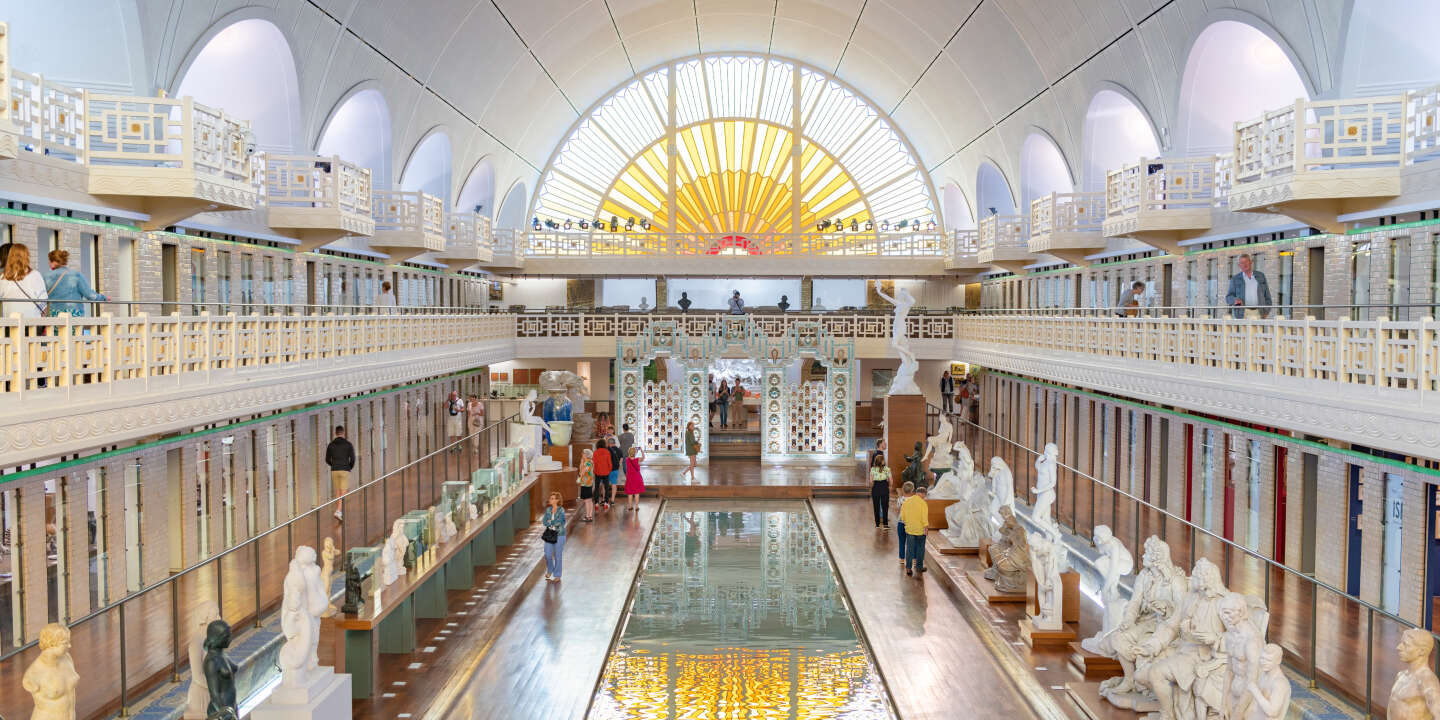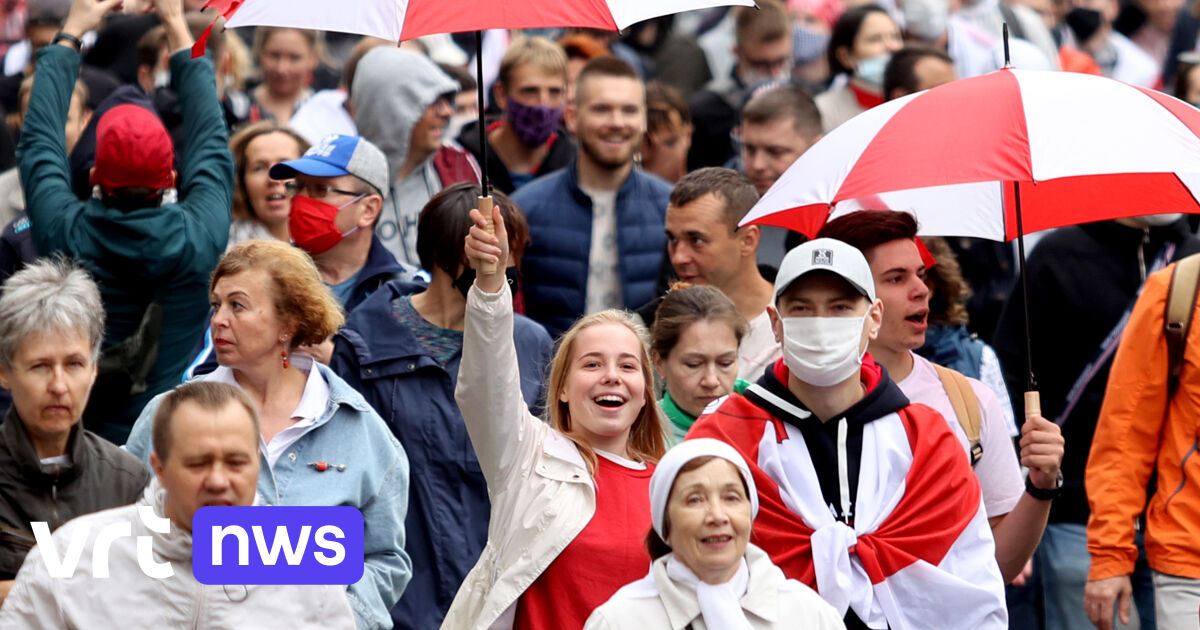It’s not yet Berlin or Detroit, but Roubaix is changing its face. Please throw in the trash the old clichés reducing the city of Hauts-de-France to a poor, deindustrialized and unhealthy city. The city, self-proclaimed queen of zero waste, has begun a transformation anchored in its flesh, in its red bricks, emblematic of old textile wastelands.
Things are bubbling up in Roubaix. Just like the Jouret workshops, revived by some forty resident artists from Paris, the Lille metropolis and elsewhere. Inherited from the golden age of northern textiles, this former fabric trading building reopened in June 2017 after three years of work. “We wanted to make it a place oriented towards the arts and crafts, explains Loïc Trinel, a tireless wasteland finder who has become director of the Roubaix tourist office. This Art Deco place, abandoned since its closure in the 1990s, had been conquered by graffiti artists. With several private investors, we wanted to leave it as it was because it tells a story. “ A story that takes shape on two floors lit by a large glass roof. The workshops, rented by ceramists, plastic artists, screen printers or sculptors, spread over 1,200 m2.
“From thugs to artists”
Less than a kilometer away, in the working-class district of l’Epeule, another artists’ nest, also financed by private individuals, hatched a year ago. The RémyCo Workshops have become the temple of street art. The smell of spray paint seems to permeate the walls of the old clothing factory on rue Rémy-Cogghe. Here come together around fifteen artists from graffiti, design, street art or fashion. “Graffiti has long had a negative connotation but, by dint of intervening in public space in a legal manner, it has changed the way people look”, tells Pi80, whose small character with big eyes, wide smile and body in the shape of a spray paint, now occupies the urban space of Roubaix, Marseille or Orleans. Like other Roubaisiens, Pi80 offers interventions in social centers and schools but also training for adults to learn the use of the bomb. “A 68 year old lady, completely reluctant, came to one of our workshops, he confides. In the end, she didn’t want to leave! Our status has changed. We went from thugs to artists. “
In each cultural project, the roots of this city with a heavy industrial past are widely claimed.
You have 64.36% of this article left to read. The rest is for subscribers only.
–


